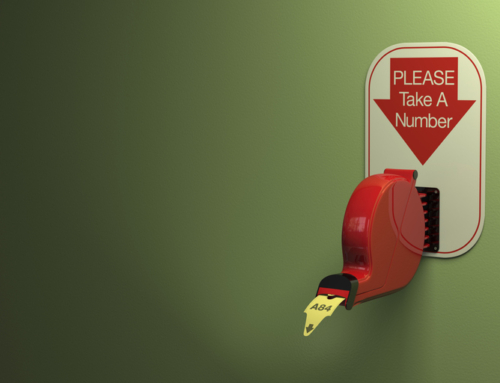Onboarding. The often forgotten about step-child of a program that necessitates the cooperation of both the marketing and operations department. The program that tries to throw so much information about your bank or credit union at new customers that it’s often ineffective. The program that tries so hard to be a soft entry to your brand while at the same time shouting “HEY! Did you know we also do auto loans?!”
It’s no surprise with the mix of what onboarding should be, wants to be, and actually is, that most of the time it’s left to collect dust on the shelf of automated programs. But it doesn’t have to be that way!
We’ve worked with a wide variety of community financial institutions that all have one thing in common when it comes to their onboarding programs: they’re product pushers. Oh, sorry. Product awareness generators. Call it what you will, new customer onboarding programs have been designed to provide consistent communication with one goal in mind: deepen the new relationship by promoting products that the customer does not already have with your bank or credit union.
Here’s the rub, though: 90% of banks and credit unions are failing at successfully engaging new customers after an account has been opened.
So what’s the issue? Let’s take a look at this from the customer’s point of view.
You’ve just finished opening a new account with your community bank or credit union – either in-person or online – and you’ve likely had at least one interaction with a staff member from that institution. (After all, service is what we’re known for!) During that conversation, you were likely asked questions, provided answers, and perhaps that staff member made some additional recommendations above and beyond the product you were there to open. So, theoretically, you’re a satisfied new customer.
So why on this green earth are you getting sent messages from this new bank or credit union of yours for the next 120 days pushing MORE products and services on you?
Again, theoretically, if the staff at the bank or credit union is doing their job, that new customer walks out of the branch or hangs up the phone with everything they could need at that point in time. No other products are needed. The credit report has been pulled and analyzed, questions about other deposit accounts have been answered. We’re good.
This is all to say that onboarding – communications to new customers after a new account opening – should NOT be about pushing product. It should be about brand and relationship building.
Brand and relationship building in the first 120 days of a new account opening provides so many positive benefits to both the bank or credit union AND the customer:
- True engagement with the customer
- Greater downstream profitability with the customer
- Greater retention
- Greater success in capturing future financial needs
All of those, at least to me, sounds a lot better than short-term product pushing. Onboarding should be a short-term program that fuels long-term customer relationships.
What do you think? What is your onboarding program doing for you?



